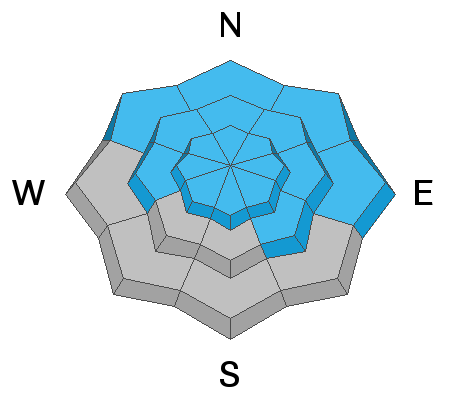Forecast for the Salt Lake Area Mountains

Issued by Nikki Champion on
Tuesday morning, February 16, 2021
Tuesday morning, February 16, 2021
DANGEROUS AVALANCHE CONDITIONS EXIST. AVOID ALL AVALANCHE TERRAIN
Today the avalanche danger is EXTREME at mid and upper elevations. The avalanche danger is HIGH at low elevations. Avoid being under or near any steep slope. Even very small slopes can bury a person.
Heavy snowfall, strong westerly winds, and a weak faceted snowpack have created very dangerous avalanche conditions. Natural and human triggered avalanches are certain. Even unusual avalanches are possible in atypical terrain on atypical aspects and elevations.
Anybody going into or near the mountains today should avoid being near or under any steep slope - this includes skiing, snowshoeing, running, sledding, dog walking, etc.

Low
Moderate
Considerable
High
Extreme
Learn how to read the forecast here










